May 17, 2025 | 02:03 GMT +7
May 17, 2025 | 02:03 GMT +7
Hotline: 0913.378.918
May 17, 2025 | 02:03 GMT +7
Hotline: 0913.378.918
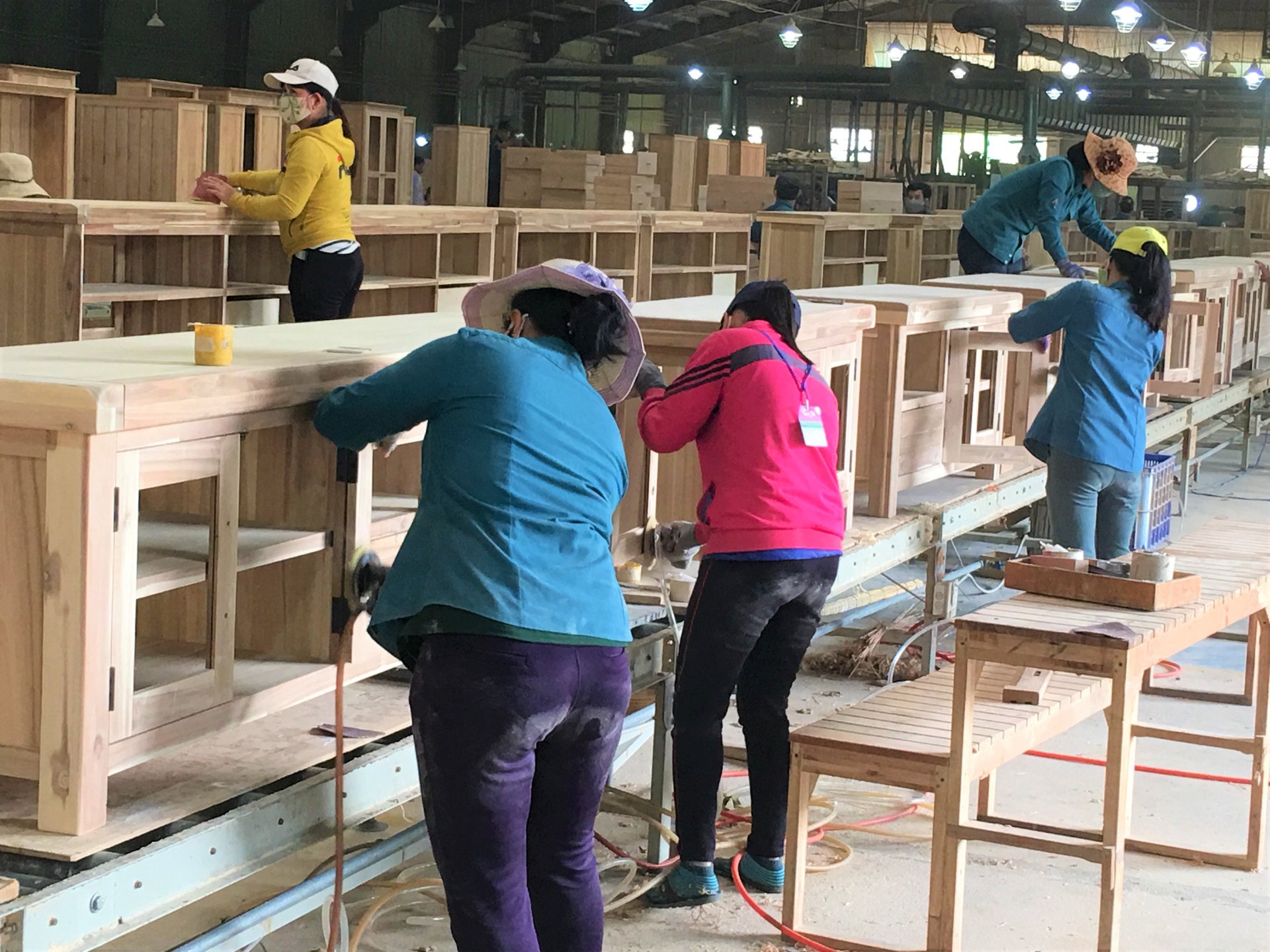
Binh Dinh currently has more than 140 export wood processing enterprises. Photo: V.D.T.
Binh Dinh is considered one of Vietnam's most significant centers of woodwork production and export industry. The province now has over 140 export wood processing enterprises with a total processing capacity of 300,000 cubic meters of refined timber annually and 1 million tonnes of wood chips for export annually.
Wood-made products, mainly produced by outdoor wood producers, have been exported to more than 50 countries and territories, including big markets such as the EU, Taiwan, Singapore, South Korea, and Japan, attracting nearly 30,000 laborers.
However, at this time, the wood processing industry of Binh Dinh has to face many difficulties which derive from subjective and objective reasons. Firstly, imported wood materials account for 80%, and domestically grown forest wood accounts for only 20%.
Second, Binh Dinh continuously develops the wood chip and pellet processing industry. In 2009, the locality had only eight wood chip processing factories with an export volume of less than 200,000 tons of wood chips per year. Currently, the number of factories has increased 2.5 times (20 factories), and the output of wood chip exports has increased five times more.

Many wood pellet factories in Binh Dinh were established. Photo: V.D.T.
In addition, Binh Dinh also has dozens of pellet factories and a wood processing factory, producing solid biofuels for a foreign company that just started construction in July 2023.
About ten years ago, the People's Committee of Binh Dinh province issued Decision No. 3240 dated October 31, 2013, approving the plan for developing the wood chip processing industry until 2020, with an orientation to 2025. In particular, the locality develops wood chip production balanced with raw material sources in the province, without widespread development.
However, due to a lack of control over the number of factories producing wood chips and pellets, the large output of wood supplied to wood processing factories in the area only accounts for about 20%. The remaining 80% is used to produce tablets and wood chips.
Mr. Tran Van Phuc, Director of Binh Dinh Department of Agriculture and Rural Development admitted that each year, the forest area for local exploitation is only about 10%, equivalent to 9,000 hectares. "In Binh Dinh, there is always a shortage of raw wood," he said.
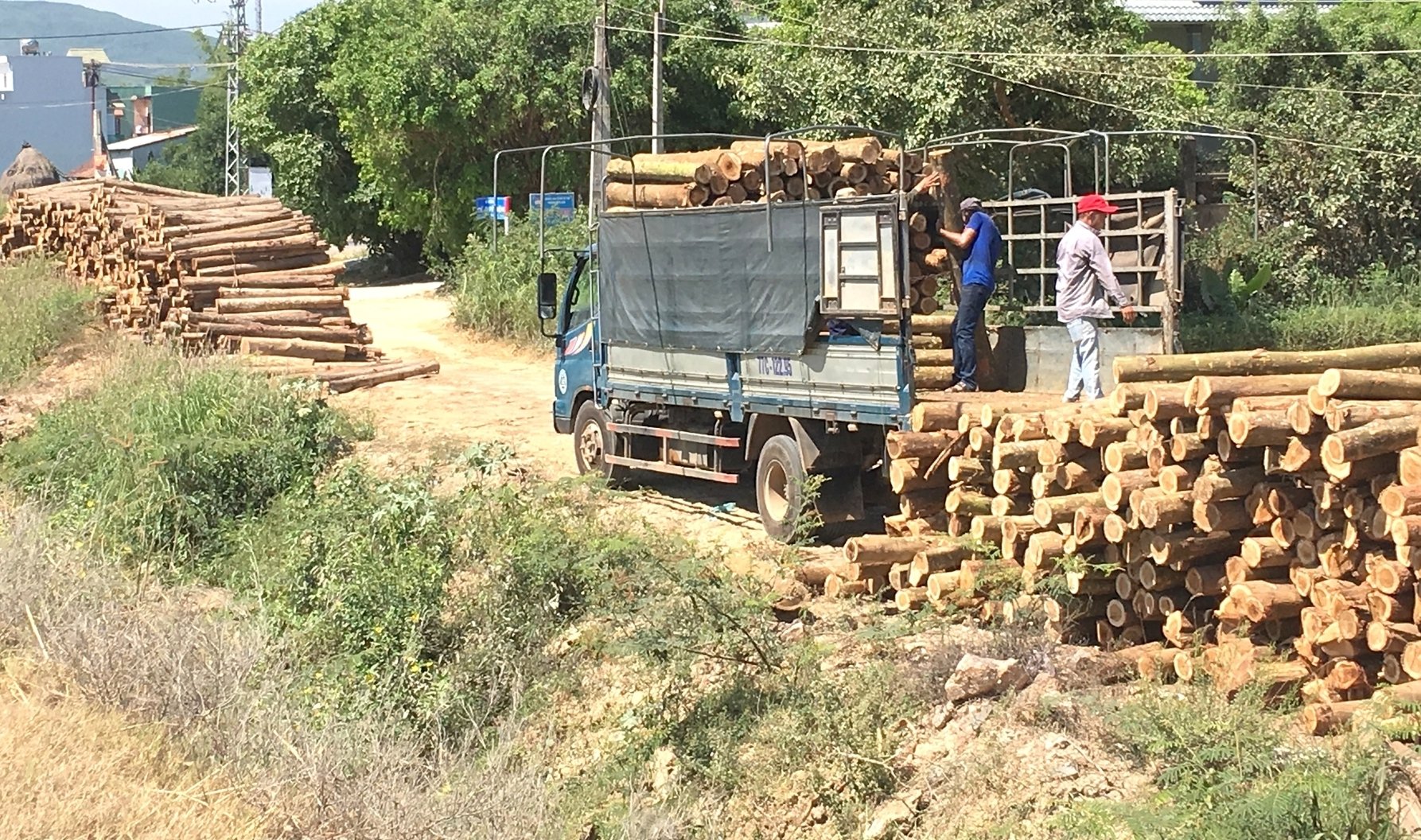
The annual output of planted forest wood in Binh Dinh is insufficient to supply the export of wood furniture, wood chips, and pellet industries. Photo: V.D.T.
In 2022, the price of pellets and wood chips continued to increase. Meanwhile, demand for wooden furniture in some main markets, such as the US, declined. As a result, more and more pellet and wood chip factories are springing up in localities, including Binh Dinh.
Although Binh Dinh province had several policies to encourage the planting of large and intensive timber forests to increase the productivity of planted forests to ensure raw material sources, they cannot meet the needs of hundreds of newly built factories.
To seize market opportunities, wood chip, and pellet processing factories are growing increasingly and are approved for construction investment licenses by Binh Dinh province. When supply does not meet demand, a series of problems occur. Enterprises processing wood chips and pellets compete fiercely to purchase raw wood from planted forests, causing instability in the wood raw material market, especially when every enterprise holds many export orders.
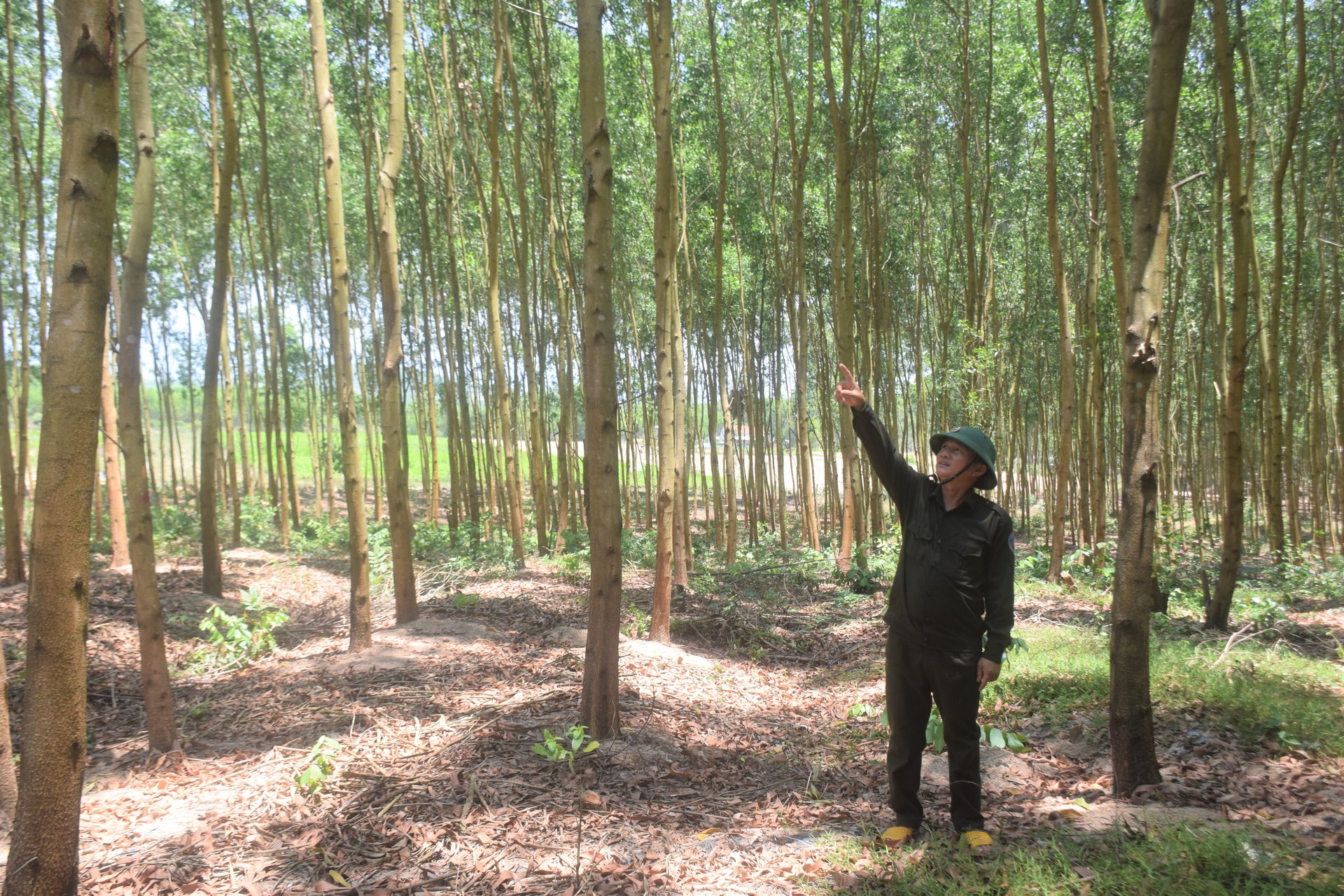
Binh Dinh strives to have 30,000 hectares of large timber forests by 2030. Photo: V.D.T.
The scarcity of raw wood has led forest growers to massively exploit young forests, leading to landslides, threatening people in many residential areas, depleting underground water sources, and deteriorating the natural environment.
"Natural forests face a situation where people secretly destroy the forests to clear land to plant raw forests. Some people even grow forestry trees on agricultural land. The local government had to intervene strongly to suppress it," Mr. Phuc recalled.
Binh Dinh sets a goal that by 2025, the locality will plant and convert 10,000 hectares of large timber forests. Currently, the locality has planted 6,767 hectares, and in 2023, it will continue to plant another 4,550 hectares, exceeding the plan for the 2020-2025 period.
According to the Binh Dinh Wood and Forest Products Association, the basis for the Binh Dinh wood industry to prosper in the second half of 2023 is the inventory of furniture importers in significant markets such as the EU, the US, and the UK.
Translated by Ha Phuc
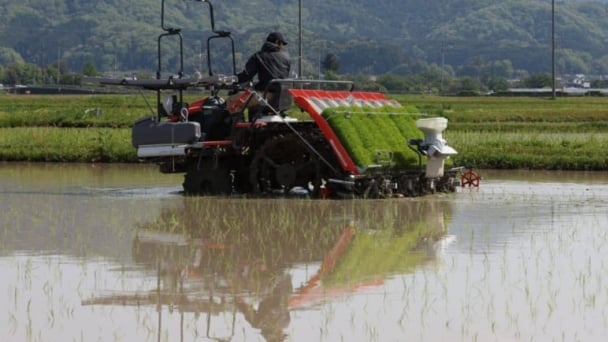
(VAN) Japan's efforts to lower the price of rice through the release of its stockpile may finally be making some progress, albeit at a snail's pace.

(VAN) U.S. tariffs are not only a 'shock', but also an opportunity for Vietnamese businesses to renew their mindset toward comprehensive development.

(VAN) As Bac Giang lychee enters the harvest season, Minister Do Duc Duy expects that the fruit will contribute greatly to agricultural exports due to standardized production and deep processing.
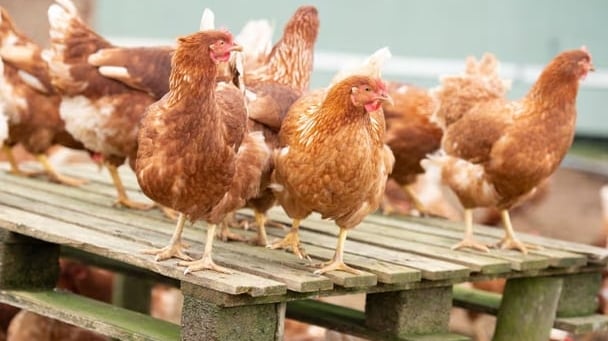
(VAN) Consumers have shown a preference for free-range eggs, but those farming systems are more vulnerable to biosecurity risks like bird flu.
/2025/05/09/5701-1-184335_301.jpg)
(VAN) Vietnam’s eel exports nearly doubled thanks to a mud-free farming model, opening up new prospects while still facing numerous barriers related to international standards.

(VAN) Minister Do Duc Duy warned that if production is not professionalized and supply chains are not transparent, the U.S. market could become a growth bottleneck.
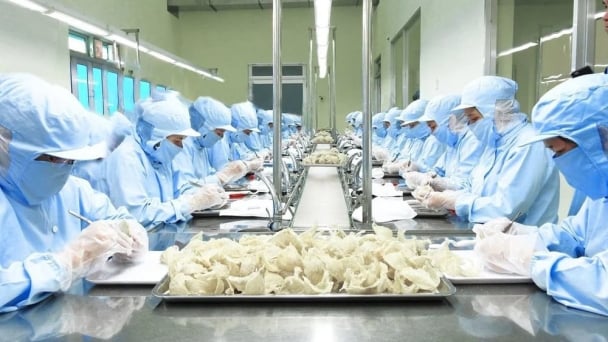
(VAN) Delegating surveillance responsibilities to local authorities is a cost-saving and efficiency-boosting measure that removes a key bottleneck for enterprises, according to Director General Duong Tat Thang.